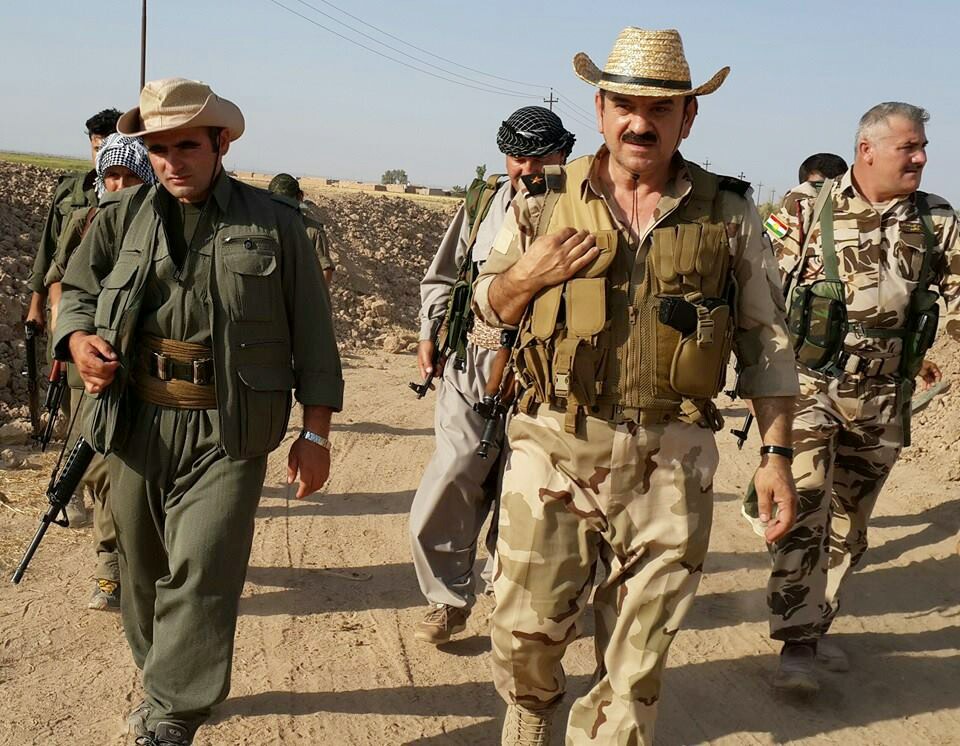
On October 22nd, 2014, Michael Zihaf-Bibeau, a recent convert to Islam with a history of drug abuse, went on a shooting rampage at the Canadian Parliament that resulted in the death of a Canadian soldier. This incident is shocking, but not unprecedented: Lone Wolf terrorism is a new breed of security threat that looms over Western countries, including the US and its allies. The unpredictability of Lone Wolf terrorists make them an issue of mounting concern as international extremist groups like IS gain international recognition.
A Lone Wolf terrorist (LWT) is characterized as one who commits, prepares for, or is suspected of committing or preparing for an act of terrorism outside the command structure of an organized terrorist group. Sometimes, LWTs will claim to commit their atrocities on behalf of a particular Islamic organization, but LWTs are not an exclusively Islamic phenomenon; in fact, the first known LWTs were white supremacists in the US who advocated for “daily, anonymous acts” against pro-civil rights activists and organizations. However, the LWT attacks that have received the greatest press have been executed by individuals who claim to be motivated by radical Islamist beliefs (e.g., the Boston Marathon bombings of April 15th, 2013). LWTs can also be motivated by political ideology, as in the case of the Jerusalem tractor attack of 2014 or the deliberate crashing of a plane by US pilot Andrew Joseph Stack in 2010. While cases of Lone Wolf terrorism have been documented around the globe, most cases have been concentrated in the US and Europe, necessitating both preventive and responsive action by these countries.
The ability of LWTs to act flexibly – under their own agency and outside of any command or group psychology – makes them an acute threat to the US and its allies. While Western jihadists and foreign extremists who seek to join terror organizations abroad can be detected through their communication networks, LWTs are able to operate largely undetected. They often hold insider knowledge of the places and targets involved in their operations, and they are able to adapt their plans as events unfold. They are also often citizens of the countries they attack, creating homegrown terrorist threats that have the potential to cause great harm and public fear. Additionally, there is often a competitive nature to these attacks, in which LWTs want to make a name for themselves by “one-upping” the latest attack in terms of visibility and death toll. While organized terror and crime groups can be classified in terms of their motivations, structure and goals, individual terrorists cannot be similarly categorized, and there is no one profile that fits all LWTs. These various components add up to a major national security concern, necessitating root-cause as well as responsive action by the US.
Currently, Lone Wolf terrorists are covered under the US FISA laws, through which individuals can be prosecuted based on reasonable belief rather than probable clause. Regardless of debates over an expansion of federal authority, this law addresses the US need to act flexibly and quickly in the face of the LWT threat. However, a more efficient and research-based response is required. For example, research indicates that almost all LWTs post some sort of online manifesto or foretelling of their attack beforehand. If law enforcement can detect these posts, then pre-emptive action can be taken to thwart the attack, rather than waiting until the threat manifests into real violence. Improved cooperation between military and law enforcement can also play a key role in the detection and response phases, since Lone Wolf attacks have increasingly targeted military bases, yet the investigation falls largely under the responsibility of law enforcement.
Additionally, many LWTs have a history of psychological and/or criminal troubles. Improved access to health care and public health campaigns can help to address the motivations behind LWT acts. For example, the Boston Marathon bombers were refugees from Chechnya and turned to radical Islam based on their experiences of discrimination and oppression. Counseling and psychological guidance could have helped to deter their attacks, and such untreated radicalization in the future. By increasing the availability and decreasing the stigmatization of mental health care, especially at public schools and universities, the US and other wealthier countries can aid in the prevention of this threat.
The views expressed by the author do not necessarily reflect those of the Glimpse from the Globe staff, editors, or governors.






